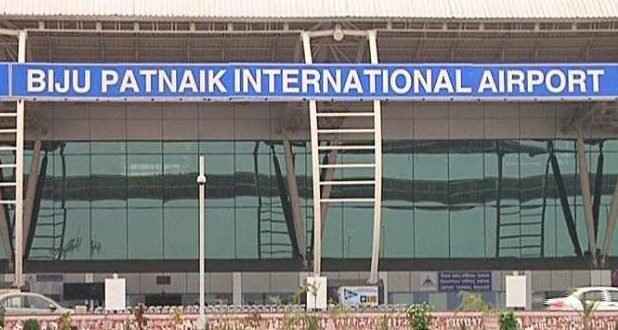Bhubaneswar: The Odisha Cabinet has approved a proposal to extend additional incentives—over and above the provisions of the Industrial Policy Resolution (IPR), 2022—for the establishment of a Maintenance, Repair, and Overhaul (MRO) facility at the Biju Patnaik International Airport (BPIA) in Bhubaneswar.
The proposal, brought forward by the Commerce and Transport Department, was cleared during a Cabinet meeting chaired by Chief Minister Mohan Charan Majhi. The incentives aim to attract major private investment and strengthen Odisha’s civil aviation infrastructure.
The initiative aligns with the state’s broader Building and Management of Aviation Assets and Network (B-MAAN) scheme, which envisions the development of aviation infrastructure and services across Odisha. The MRO facility will be the first of its kind in Eastern India, positioning the state to serve both domestic and international airlines, thanks to its strategic geographic location.
Air Works India (Engineering) Pvt Ltd has been selected as the anchor investor to set up and operate the facility. One of India’s oldest and most experienced MRO companies, Air Works’ involvement is expected to bring world-class operational standards and attract additional players in the aviation ecosystem.
The Commerce and Transport Department will lead the implementation of the project. In addition, a High-Powered Committee on Aviation will oversee the rollout and ensure effective coordination, progress monitoring, and resolution of bottlenecks.
The decision comes at a time when India’s aviation sector is witnessing exponential growth. According to a NITI Aayog report, the global MRO market is expected to grow from USD 68.5 billion in 2021 to USD 117 billion by 2031, marking a 70% increase. Domestically, India is set to become the third-largest aviation market in the world, after the US and China.
Currently, Indian airline operators manage a fleet of around 713 aircraft, with plans to acquire over 1,000 additional aircraft in the next 5–10 years. This surge in fleet size will significantly raise demand for MRO services, particularly for scheduled maintenance, inspections, repairs, and overhaul of aircraft systems.
In India, airlines typically spend 12% to 15% of their total revenues on maintenance, making it the second-highest cost after fuel (which accounts for approximately 40% of operating expenses). The rising operational costs and growing demand highlight the strategic need for robust, local MRO infrastructure.
The NITI Aayog report further projects that India’s MRO industry is expected to grow to USD 4 billion by 2031, with a CAGR of 8.9%.
 Update Odisha-Latest Odisha News I Breaking News Get latest news on Odisha, Govt. Jobs, OSSC, OPSC, Entertainment, Crime, Sports, and Education
Update Odisha-Latest Odisha News I Breaking News Get latest news on Odisha, Govt. Jobs, OSSC, OPSC, Entertainment, Crime, Sports, and Education



